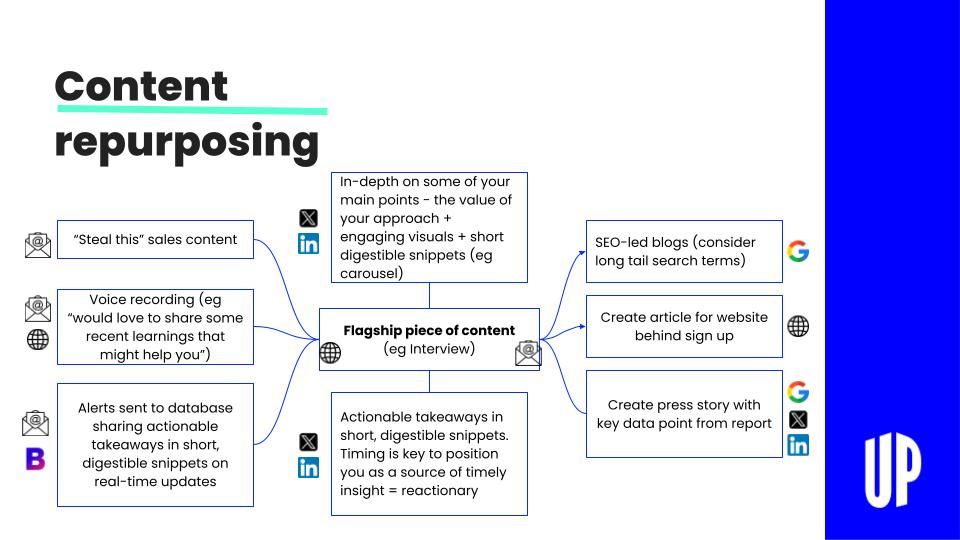Client story: four ways to find your first customers

How do you go from zero to one?
Getting your first customers is crucial for any startup. Finding them, however, can sometimes be challenging.
We spoke to Hannah Marsh, Co-founder at HomeViews, about how they found their first customers.
HomeViews is the first and only review platform for new-build homes. It was founded by a team of four in 2019, and now serves 185,000 home-searchers every month and works with 40 industry partners.
Here are four lessons that Hannah shared:
⚡Test before you launch
HomeViews developed a free pilot before launch to save time and money. They offered detailed reports, insights, and reviews to their first partner, Fizzy Living. Their content was live on Fizzy’s website within two months of the mock-up which made them realise the power their statistics and data could have for other brands.
Talking to your target audience and testing early helps to create a feedback loop with early adopters and starts to build your community. It also means an efficient approach to product build as you can be confident that you are building what your customers need rather than what you think they want.
⚡Send personalised outreach to customers
HomeViews did the groundwork first to personalise their outreach by canvassing reviews for each potential client before contacting them. Emails such as “We have 50 of your resident reviews, would you like to know what they said?” helped them to kick start conversations with their first customers.
Adopting a personalised outreach strategy instead of relying on blanket cold emails is key. According to Epsilon, 80% of consumers are more likely to purchase when brands offer personalised experiences.
The best way to get started is to segment your list into different audiences. This segmentation could be based on demography, behaviour, and motivations. Learn more about getting started with cold email outreach here.
⚡Consistent content production
HomeViews focused on driving traffic organically by building their SEO authority through consistently creating quality content that their target audience were looking for. This approach has helped them reach 185,000 monthly web visitors (and climbing).
Content plays a huge role in generating an engaged customer base for your product. According to HubSpot, 82% of marketers actively use content marketing - so they must be onto something.
SEO is a sustainable approach but it isn’t a quick win. Building content can take up to 12 months so the sooner you start the better.
⚡Dance on other people's dance floors
Following the test with Fizzy Living, HomeViews attracted its first customers through a partnership with the UKAA, the leading organisation in the Build-To-Rent sector. They incentivised members with free resident surveys and reports. The key hook was that these reports were powerful and personalised information that the members couldn’t get anywhere else.
Partnerships are useful for a startup’s market development strategy. They position you in front of new audiences with the superpower of referred trust.
Do your research and list organisations that your business could partner with. And then pluck up the nerve to approach them. Your proposal should focus on the benefit for them rather than a thesis on your product.
But there will always be hurdles
Startups face many challenges along the way. One of the significant challenges that HomeViews faced was collecting data in a cost-effective way.
In the early stages, time and money were spent on digital marketing as a means to recruit reviews. As the recruitment was hyper-focused to specific buildings, they realised that offline execution, such as post-carding, was more effective than paid media targeting.
It's smart to get started by testing different methods in small steps before scaling. For direct mail for example, test three different versions in a quick manner to a small audience before sending the most successful to the remainder of the audience.
What challenges did you face in the early stages of your startup? If you would like to share your journey or have any
PS To watch the full interview with Hannah, click here.


.png)

.png)

